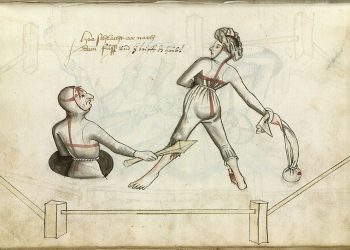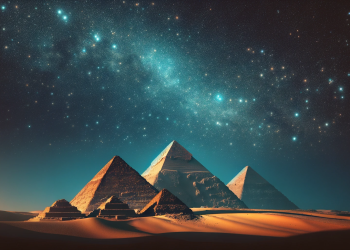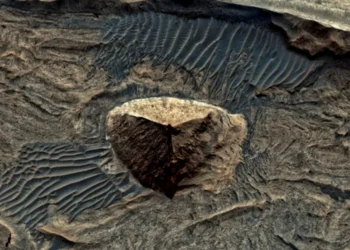If there was a competition among all the ancient statues on Earth and we were to include things like the most mysterious, the oldest, and the largest, the Sphinx would come out on top hands-down. That’s because the Great Sphinx of Giza is the largest, oldest, and most impressive monument ever carved by human hands.
Shrouded in mysteries, unclear origins, mythologies, and connections to worlds beyond our own, the Great Sphinx of Giza is a treasure trove of ancient history, standing guard not far from the Pyramids of Giza.
The Enigma of the Sphinx’s name
One of the greatest mysteries surrounding the Sphinx is its actual name. Go back in history some 2,500 years ago, and call the Sphinx the SPHINX, and people would look at you in surprise. We call the monument the Sphinx thanks to the ancient Greeks, who related it to the mythical creature of the Sphinx: in the Greek tradition, the Sphinx has the head of a human, the haunches of a lion, and sometimes the wings of a bird. It is mythicized as treacherous and merciless.
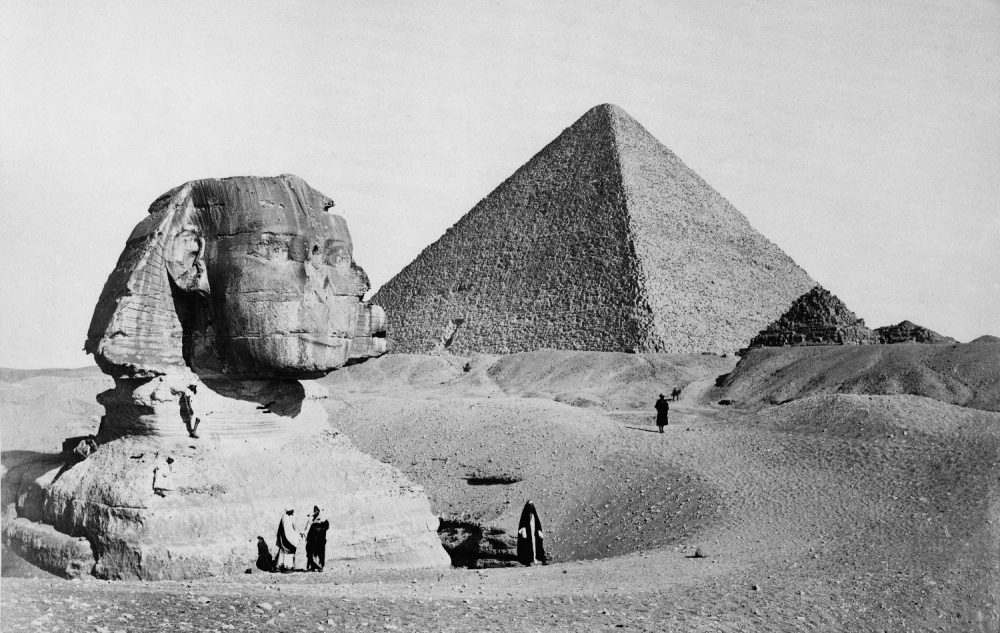
Thanks to the Dream Stela around 1450 BC, the ancient Egyptians identified the statue as the “statue of the very great Khepri.”
One day, Thutmose IV napped at the paws of the Sphinx and dreamed that the ancient Egyptian God Horem-Akhet-Khepri-Re-Atum had come to him, revealing his identity as Thutmose’s father. In the dream, Thutmose IV was given instruction to clear the sand surrounding the Sphinx, and once he did that, he’d become the ruler of Egypt.
Eventually, the statue was referred to as Horem-Akhet, which means ‘Horus of the Horizon’. The ancient Egyptians also called the Sphinx “balhib” and “bilhaw.” However, its true name remains an enigma, as there is no reference to its name before Thutmose IV sleeps next to it.
Who built/carved the Great Sphinx?
Another mystery surrounding the Sphinx is its origin. No scholar on Earth can tell who built the Sphinx. Although it is one of the most astonishing statues the world has ever seen, there is no direct connection to anyone having carved or built the Sphinx.
One ‘theory’ tells us that the Sphinx was carved during the reign of Pharaoh Khafre, who ruled over the land of the Pyramids during the Fourth Dynasty of the Old Kingdom. This would mean the Sphinx was carved around 2,500 B.C.
But there is no evidence to consider the above a historical fact. Some scholars argue that the Great Sphinx of Giza can be traced back to Khafre’s father, Khufu, and that it was Khufu who commissioned its construction. But those are just theories, and we can’t possibly date the Sphinx, nor are there any documents that mention who built it or when.
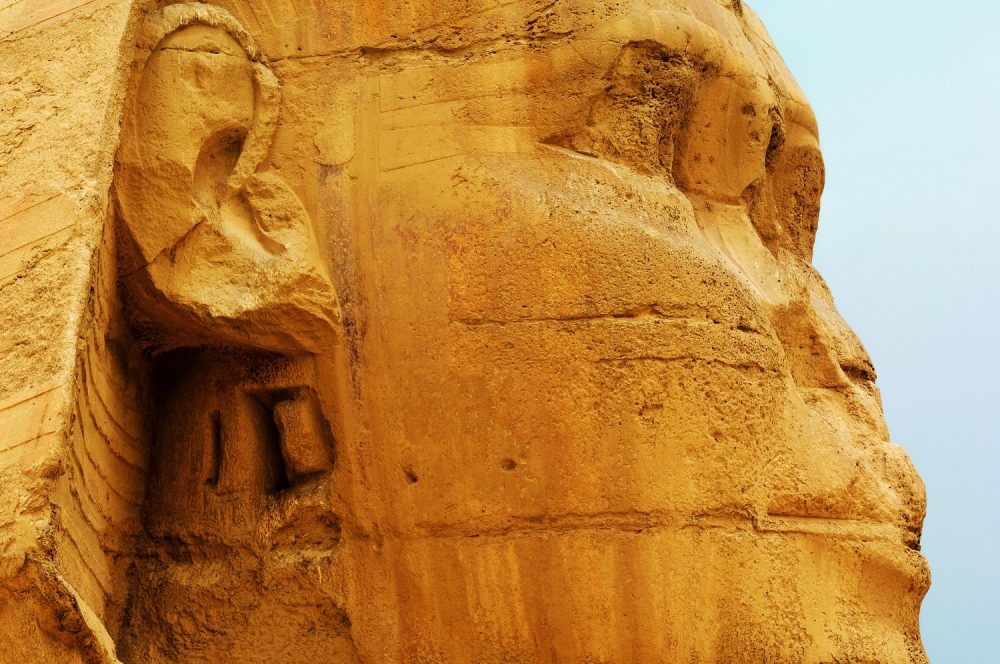
It’s incomplete
Although the statue looks imposing and strong, several discoveries have been made throughout the years that suggest the Sphinx isn’t complete. Some scholars argue that the Sphinx was intended to be a statue much larger than we see today and that the people who carved it did the job quickly.
It’s the oldest monument… but not the oldest Sphinx?
This is hard to explain since the exact age of the Sphinx is shrouded in mystery. And given that we don’t have any ancient texts that mention when it was built, we can only speculate about its age. The Great Sphinx is, according to experts, the oldest monolithic statue carved by man. But there are Sphinx older than it.
However, according to scholars, Sphinxes depicting Djedefre and Hetepheres II are believed to be much older than the Great Sphinx of Giza, if, of course, the Sphinx dates back to the reign of Khafre. However, the Great Sphinx is considered the oldest and largest monolithic statue on Earth at 241 feet long and 66 feet high. A bit confusing since we can’t really find out its true age.
The mythical chambers beneath the Sphinx
In addition to the many mysteries surrounding the Sphinx, one of my favorite ‘mysteries’ are the alleged rooms and chambers located beneath the Sphinx and inside it. Many authors have argued that the Great Sphinx of Giza is home to massive doorways leading into forgotten history halls.
To see whether or not there were chambers and rooms beneath the statue, a group of scientists from Waseda University in Japan investigated these theories of chambers, cavities, and doorways beneath the Sphinx and found that located just south of the Sphinx are hollow parts of the ground and there are cavities ranging from 2 to 3 meters inside.
Curiously, they also found a groove on the Sphinx body that extends beneath the ancient monument. Experts from Waseda University also found that to the north of the Sphinx were similar grooves which suggest there could be a tunnel (or tunnels) that leads directly beneath the Sphinx, connecting the southern and northern cavities.
Join the discussion and participate in awesome giveaways in our mobile Telegram group. Join Curiosmos on Telegram Today. t.me/Curiosmos








